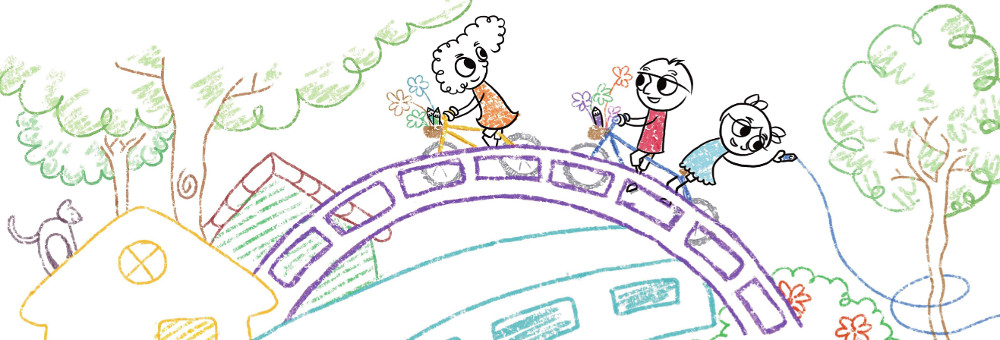Usability assessment with kids is similar people to user friendliness testing with adults. To acquire the most out from the sessions, and be sure the child is usually comfortable and happy, there are many differences that you should be aware of.
Stress of new people and surroundings
Youngsters are far more most likely than adults to find experiencing new places and people nerve-racking. You should always remember this, and so try to find numerous ways as it can be to relax the child. Some things you could do are:
– Allow a large period of time – at least 10 minutes — to meet the child. This is crucial in adding them relaxed before beginning the session. Some easy circumstances to talk about might be computer games, cartoons, sports or perhaps school. Trying to make all the equipment utilized during the time match that which the child uses at home/school (phone up their parents/teachers beforehand to check). – Try to become as relaxing and reassuring as possible. It has the especially important to create it crystal clear to the kid that you want their views on the website and that you are not testing them. – Arrange for the fact that younger children may possibly prefer all their parents to keep in the evaluating room with them. Make perfectly sure that parents know that they should avoid the child’s line-of-sight and not support or distract them.
Asking for support
Children are far more used to asking for – and receiving — help than adults, so it’s very important designed for the pemandu to:
– Evidently explain at the beginning of the test that you would like the child to work with the site automatically – Make a continual effort to deflect such questioning throughout the session themselves
Specific manners of disperse questions can include:
— Answering something with a dilemma (e. g. What do you think you should do now? ) – Re-stating that you might want the child to use the site on their own – Asking the child to obtain one previous g’ before you move on to something else
Children acquire tired, bored and disappointed more easily
Children (especially of 10 years younger ages) are much less inclined – and/or capable – to work with themselves into a single activity for a long term period. A lot of ways to operate around this will be:
– Limiting consultations to 1 hour or much less. – Acquiring short fractures during treatments if the kid becomes www.ruschitzka.at fatigued or irascible. – Making certain sessions cover the meant tasks/scenarios in a different buy – this will make sure that a similar scenarios usually are not always examined by tired children, just who are less more likely to succeed/persevere. – Asking the kid for support so as to provide these motivation (e. g. requesting ‘Could you please identify for me how you can… ‘, or by in fact pretending not to be able find/do something within the site). – Keeping up a reliable stream of encouragement and positive opinions (“You’re doing really well and telling all of us lots of beneficial things — it will genuinely help make the site better. Keep writing! “).
The importance of nonverbal tips
Kids can’t possibly be relied upon to verbally state their thoughts/feelings, either due to their:
– Not being articulate enough — Being too shy – Not wanting to say the incorrect thing and displease any – Stating things that they don’t imagine just to please the mature
This makes it particularly critical that the user friendliness expert become sensitive to children’s nonverbal cues, such as:
— Sighs – Smiles – Frowns — Yawns – Fidgeting – Laughing — Swaying — Body position and position
Physical differences
A couple of very obvious – but conveniently forgotten — differences which in turn need to be considered are:
– Chair and desk settings – Make sure you possess a chair/table setting which allows the child to comfortably make use of equipment throughout the session. – Microphone position – Children tend to have quieter voices than adults, hence microphones needs to be placed a little nearer to the participant than normal.
Levels of literacy and understanding
It is advisable to ensure that a session’s participant has an exact understanding of the scenario being presented to them. Some ways to try this include:
– Requesting participants to re-phrase scenarios/goals in their private words. — Asking members to repeat a situation (i. elizabeth. what they are aiming to achieve) if the task has gone on for some time and you think they may have got forgotten this.
